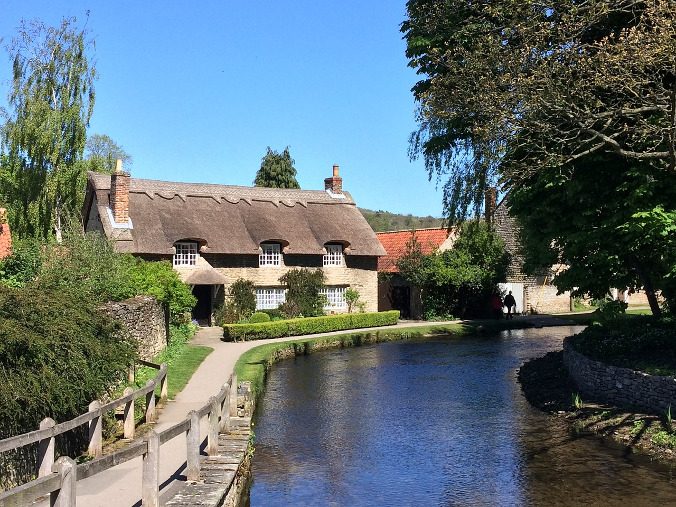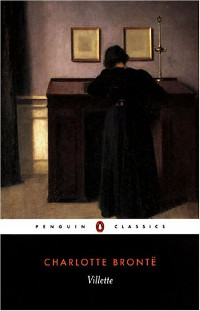
Shirley, by Charlotte Brontë (English classic)
“Written at a time of social unrest, [Shirley] is set during the period of the Napoleonic Wars, when economic hardship led to riots in the woollen district of Yorkshire. A mill-owner, Robert Moore, is determined to introduce new machinery despite fierce opposition from his workers; he ignores their suffering, and puts his own life at risk. Robert sees marriage to the wealthy Shirley Keeldar as the solution to his difficulties, but he loves his cousin Caroline. She suffers misery and frustration, and Shirley has her own ideas about the man she will choose to marry.”
I really wanted to like this book and began it with that intention, and by the time I finished it, I did like it—I just didn’t love it. I think the reason was because it never completely captivated me. Brontë begins the novel by describing many minor characters in detail, and I had difficulty understanding which characters the story would follow, which made it all seem rather pointless to me in the beginning. As the novel and its underlying themes unfold, it does become just as much about a community of people as it does the lead characters, which gives at least some purpose for the detailed descriptions of the secondary characters. Structurally, this novel begins with a community in turmoil and ends as that community begins to come out of the turmoil. This struggle is mirrored on an individual level with several of the characters, in particular Caroline Helstone and Robert Moore. This observation puts into words what I believe is the overall theme of the novel:
Continue reading




